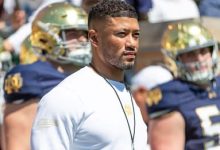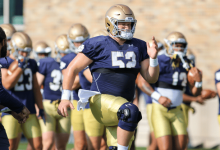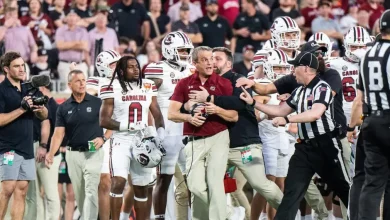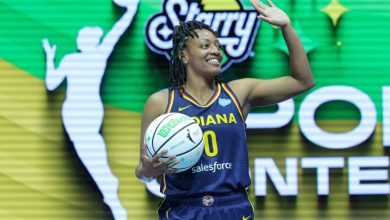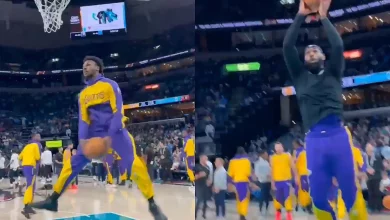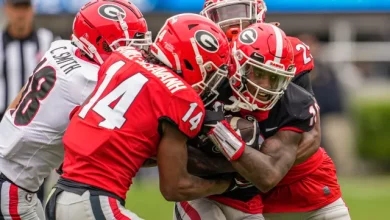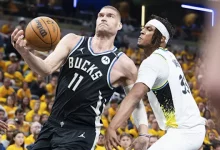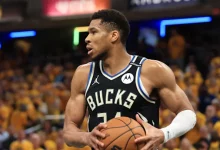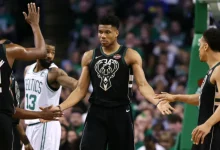Former No. 1 Overall NBA Draft Pick the Boston Celtics Must Consider Signing to Strengthen Roster for 2025 Title Run
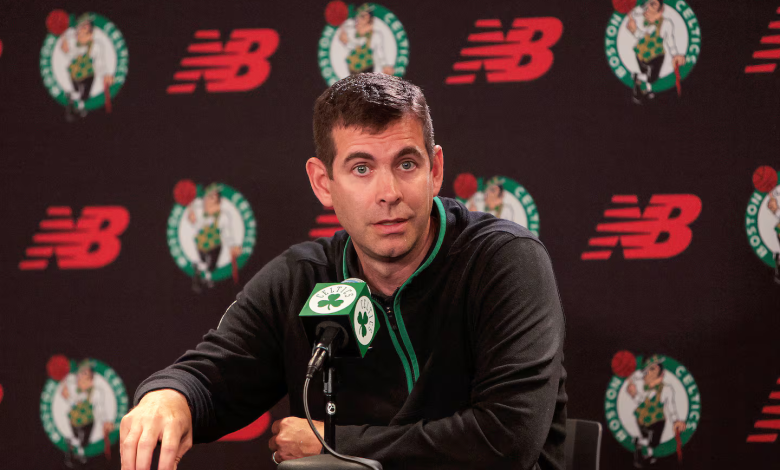
The Boston Celtics, fresh off their 18th championship, are in the enviable position of defending a title with a solid, veteran-laden roster. With Jayson Tatum, Jaylen Brown, Jrue Holiday, Derrick White, and Kristaps Porziņģis returning, there are few glaring holes. However, in an NBA landscape where reloading is just as important as retaining, Boston has the opportunity to add depth and versatility by targeting a former No. 1 overall pick who could help extend their championship window.
While names like Ben Simmons, Blake Griffin, and Markelle Fultz don’t carry the same weight they once did, each still presents a unique value proposition. Of the trio, Simmons remains the most intriguing option for the Celtics to consider—and possibly the most polarizing.
Why Simmons Makes Sense in Boston
Ben Simmons, selected first overall in the 2016 NBA Draft, was once viewed as a generational talent with elite size, court vision, and defensive ability. While injuries and off-court distractions have hindered his ascent, Simmons still offers a rare combination of defensive versatility, transition offense, and passing from the forward position. For a team like Boston that thrives on switch-heavy defensive schemes and unselfish ball movement, Simmons could be the ideal reclamation project.
The Celtics already possess a cohesive core, which lessens the burden on Simmons to be a primary ballhandler or scorer. Instead, he could fill a glue-guy role—defending multiple positions, pushing the ball in transition, and creating for others when the offense stalls. With pressure off his shoulders and a strong culture led by Joe Mazzulla and the team’s veterans, Boston may be the best place for Simmons to rediscover his confidence.
Boston’s Depth Needs Post-Championship
Winning a championship takes a toll on any team. Depth becomes a question mark in the offseason as role players depart for bigger contracts or more playing time elsewhere. Boston could potentially lose Payton Pritchard, Sam Hauser, or Xavier Tillman in free agency or via trades. While these players may not be stars, they play critical roles in spacing the floor, guarding multiple positions, and energizing the second unit.
Simmons, when healthy, can address several of those gaps. His length allows him to guard point guards through power forwards. His rebounding gives Boston another body on the boards behind Porziņģis. And his court vision offers the Celtics a backup playmaker who can initiate the offense without needing to score.
In short: Simmons wouldn’t need to be a star in Boston—just a contributor.
The Risk Factor: Health and Fit
No conversation about Ben Simmons is complete without addressing his health. Over the last two seasons, Simmons has struggled with persistent back issues and mental health challenges that have severely limited his availability and effectiveness. He played only 15 games in the 2023–24 season for the Brooklyn Nets before being shut down again.
But for Boston, who wouldn’t need Simmons to play 30+ minutes per game or be the offensive focal point, the risk is minimal—especially if he’s signed on a veteran minimum or non-guaranteed deal. The Celtics’ roster is deep enough to withstand limited minutes from Simmons early on while he eases back into game shape. Moreover, being surrounded by a winning culture and medical staff that successfully navigated Porziņģis’ workload could be the recipe Simmons needs to stabilize his career.
Other Former No. 1 Picks Worth a Look
While Simmons tops the list due to his unique skillset and availability, he isn’t the only former No. 1 pick the Celtics might consider.
Blake Griffin – Though technically retired, the Celtics brought Griffin in for the 2022–23 season, and he proved to be a valuable veteran in the locker room. Should he decide to return for one last run, his experience and toughness would be welcome.
Markelle Fultz – The 2017 top pick has carved out a respectable role as a steady point guard. Fultz improved his shooting mechanics and decision-making while with Orlando and could serve as a reliable third guard behind White and Holiday. However, his price tag might exceed Boston’s budget.
Andrew Wiggins – Not currently a free agent, but if Golden State chooses to shake things up, Wiggins could become available via trade. He’d be a perfect fit defensively and as a secondary scorer, but Boston would need to part with real assets to acquire him.
Deandre Ayton – The No. 1 pick in 2018, Ayton has had an up-and-down NBA career but remains a strong interior presence. However, with Porziņģis and Horford already on the roster, the frontcourt is likely too crowded to justify pursuing Ayton.
Celtics’ Championship Core Could Elevate Simmons
Perhaps the most persuasive argument for bringing in Simmons is the established leadership already present in Boston. LeBron James and Joel Embiid once had to shoulder the psychological burden of bringing Simmons along—and both relationships eventually frayed. Boston, however, operates differently.
Tatum and Brown lead by example, White and Holiday play selfless team basketball, and Mazzulla emphasizes buy-in and humility. If Simmons is willing to accept a smaller role and commit to winning, he may finally find the stability that has eluded him since his early years in Philadelphia.
Plus, with veterans like Al Horford—who played with Simmons in Philly—still on the roster, Boston has the leadership to help Simmons mature and contribute.
How Would Simmons Be Used?
Assuming Simmons is healthy and bought in, he could fill a hybrid forward role in Boston’s second unit. Here are a few possible uses:
-
Defensive Specialist: Simmons guards the opposing team’s best wing or ballhandler, giving Brown or Holiday rest.
-
Point Forward: When Tatum sits, Simmons initiates offense with bench shooters like Hauser, spacing the floor around him.
-
Small-Ball Center: In lineups without Porziņģis or Horford, Simmons could play center in up-tempo stretches with switchable defenders.
This versatility could be a game-changer in playoff matchups, where adaptability is crucial.
What the Deal Could Look Like
The Celtics have limited cap flexibility, which means Simmons would need to accept a minimum deal or something close to it. A one-year “prove-it” contract could benefit both parties—Simmons gets to rehab his image in a winning environment, and the Celtics get a low-risk, high-reward bench piece.
If he excels, Boston could hold his Bird rights and offer a better deal next year. If he doesn’t pan out, the Celtics can move on with minimal impact.
The Celtics’ window is open now, but that won’t always be the case. Injuries, free agency, and competition from teams like Denver, Dallas, and Milwaukee are real threats to Boston’s throne. Adding a player like Simmons—who could defend Nikola Jokic one night and Luka Doncic the next—might give the Celtics just enough of an edge to stay ahead.
While it’s not a move without risk, signing former No. 1 overall pick Ben Simmons could be the kind of shrewd, low-cost gamble that championship teams make. The Celtics don’t need him to be a star. They just need him to contribute, stay healthy, and buy into a system that’s already built to win.
If that happens, the move could pay off in a big way.

